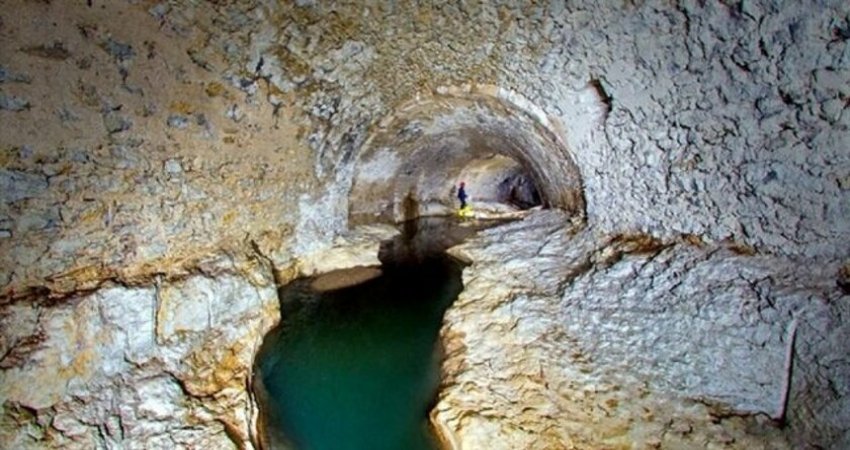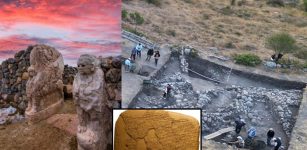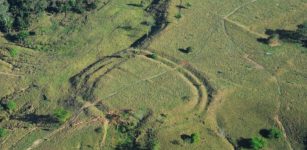‘Ice Bridge Theory’ Of North America’s Inhabitation – Challenged
MessageToEagle.com – There has long been a debate among scholars about the origins of the first inhabitants of North America.
The most widely accepted theory is that sometime before 14,000 years ago, humans migrated from Siberia to Alaska by means of a “land bridge” that spanned the Bering Strait.
However, in the 1990s, a small but vocal group of researchers proposed that North America was first settled by Upper Paleolithic people from Europe, who moved from east to west through Greenland via a glacial “ice bridge.”
Now, researchers at the University of Missouri, working with colleagues the Cleveland Museum of Natural History and elsewhere, have definitively challenged the ice bridge theory.
One piece of evidence that advocates of the ice bridge theory rely on comes from the Chesapeake Bay. In the early 1970s, the crew of a scallop trawling vessel, Cinmar, was operating off the coast of Virginia when it hit a snag and pulled up an ancient stone blade, along with pieces of a mastodon skeleton.
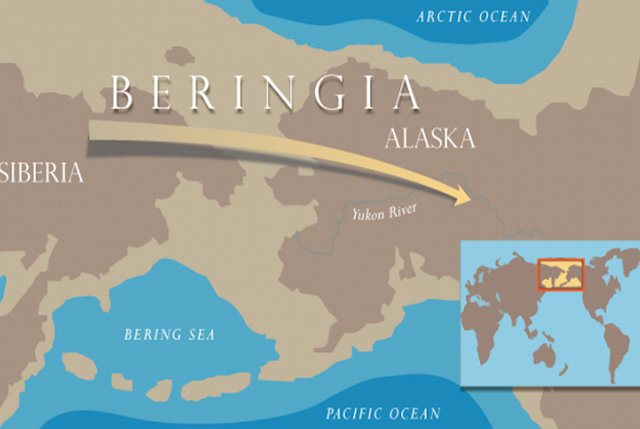
Since radiocarbon dating isn’t available on inanimate objects, scholars correlated the date of the blade with the mastodon, which they could date at more than 22,000 years old.
“For more than two decades, proponents of the ice bridge theory have pointed to similarities between North American stone blades such as the one allegedly dredged from the Chesapeake and blades left by Solutrean foragers in western Europe,” said Michael J. O’Brien, a professor of anthropology at MU and dean of the College of Arts and Science.
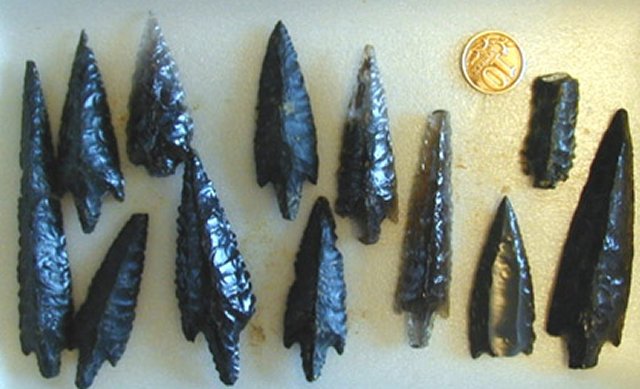
“We know, however, that Solutrean culture began around 22,000 to 17,000 years ago, which is later than North American dates pointed to by ice bridge theorists as proof that Solutrean people populated North America. That includes the date from the Cinmar mastodon.”
Mizzou scholars, including O’Brien’s postdoctoral student, Metin Eren, and graduate student Matthew Boulanger, point to the lack of first-hand accounts from the crew of the Cinmar who recovered the blade and mastodon remains. All published accounts were first written by proponents of the Solutrean hypothesis. According to a telephone interview of the ship’s captain, he “took particular note of the water depth” and “plotted the area on his navigation charts.”
See also:
Windover Pond – Remarkable 8,000-Year-Old Underwater Cemetery In North America
New Controversial Evidence – Ancient Chinese Visited America 2,500 Years Ago
“While the interview indicates that the Cinmar captain took detailed notes, researchers never indicated that they actually observed the charts,” O’Brien said. “In fact, captains keep ‘hang logs’ in which they record readings when they hit obstructions on the ocean floor. We reviewed countless snag reports from the Bay and the time frame when the snag should’ve occurred and didn’t find anything to corroborate the story. One of the most famous snags of all time—when the crew pulled up a mastodon—and it’s just not reported.”
The research team found that discrepancies in photographs of the Cinmar, the size of the ship and where it was assembled all point to contradictions in key pieces of the ice bridge theory.
“Until inaccuracies are cleared up, there really is no reason to accept the find as evidence of anything connected with the early peopling of North America,” O’Brien said.
MessageToEagle.com





